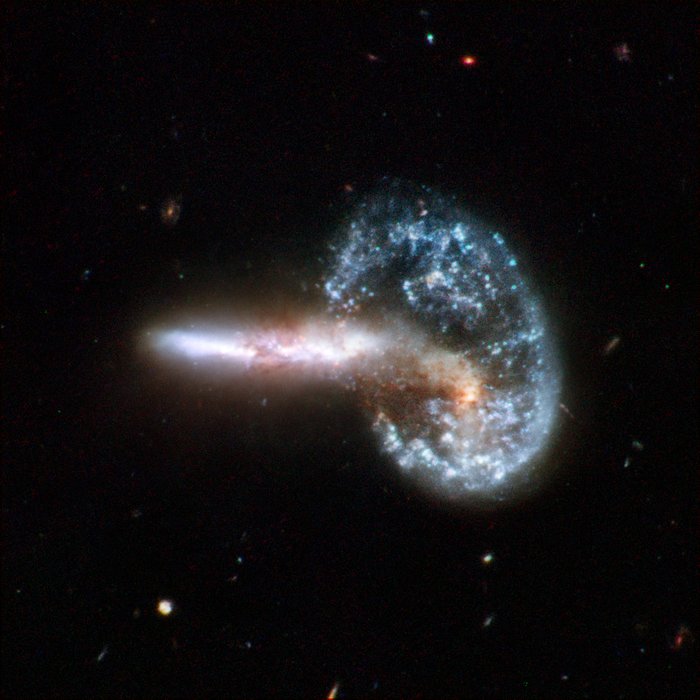For many amateur astronomers, these are common place telescope formulas that we learned early in our astronomy careers.
But to many, some of these formulas are unfamiliar, need to be looked up in a book, or are listed under the category of “How do you figure that out?”.
Telescope Magnification, or What power am I using?
The most common question when someone looks through a telescope.
M = focal length of telescope/ focal length of eyepiece
where the focal lengths of both telescope and eyepiece are in the same units.
M = f.l. telescope in mm/ f.l. Eyepiece in mm
or
M = f.l.telescope in inches/ f.l. in inches
Exit Pupil, or Am I seeing all the light?
A young person’s pupil can open to 7mm in dark conditions. Older eyes aren’t so night friendly, with pupils opening to 5.0mm to 5.5mm. So a eyepiece-telescope combination that yields an exit pupil of 8mm means you’ve wasted your money on equipment because the extra light is unseen and wasted.
Exit Pupil = D/M
where
D = the diameter of the telescope’s objective lens or primary mirror in millimeters
M = magnification = focal length of telescope/focal length of eyepiece
or Exit Pupil = F/f
where
F = the focal length of the eyepiece in millimeters
f= the telescope’s focal ratio ( the f-number)
True Field of View, or If my eyepiece has an apparent field-of-view, what is my real field?
If you can get 4° or 5° or more of True Field at low power with your telescope, you probably don’t need you finderscope anymore. Just a low power, wide field eyepiece. And the advantage is using a much larger aperture of the main telescope instead of a smaller aperture finderscope.
True Field = AFOV/M
where
AFOV = the apparent field of view of the eyepiece in degrees
M = magnification
Focal Ratio, or Why is my telescope so long or short?
A focal ratio of f/12 or more means easily attainable high power but a limited field-of-view. A focal ration of f/7 or even the shorter f/5 or less means low power wide field-of-view.
Focal Ratio = f.l./D
where
f.l. = focal length of the telescope
D = diameter of the telescope objective
Dawes Limit or Resolving Power, or What’s the smallest thing that I can see?
A double star or lunar observer is interested in this figure to determine the resolving limits of their telescope.
Estimate Resolving Power = 4.56/D in inches
or
Estimate Resolving Power = 116/D in mm
where
D = diameter of the telescope objective
Estimating Residual false color in Achromatic Telescopes, or Do I really need to spend $$$ to get a refractor that don’t show secondary color?
FromTelescope Optics: Evaluation and Design, by Harrie Rutten and Martin van Venrooij:
focal length >0.122D
where
D = diameter of the telescope objective in mm
If the focal length of an achromatic refractor is equal to or greater than this calculation, the residual chromatic aberration will not be a factor.
